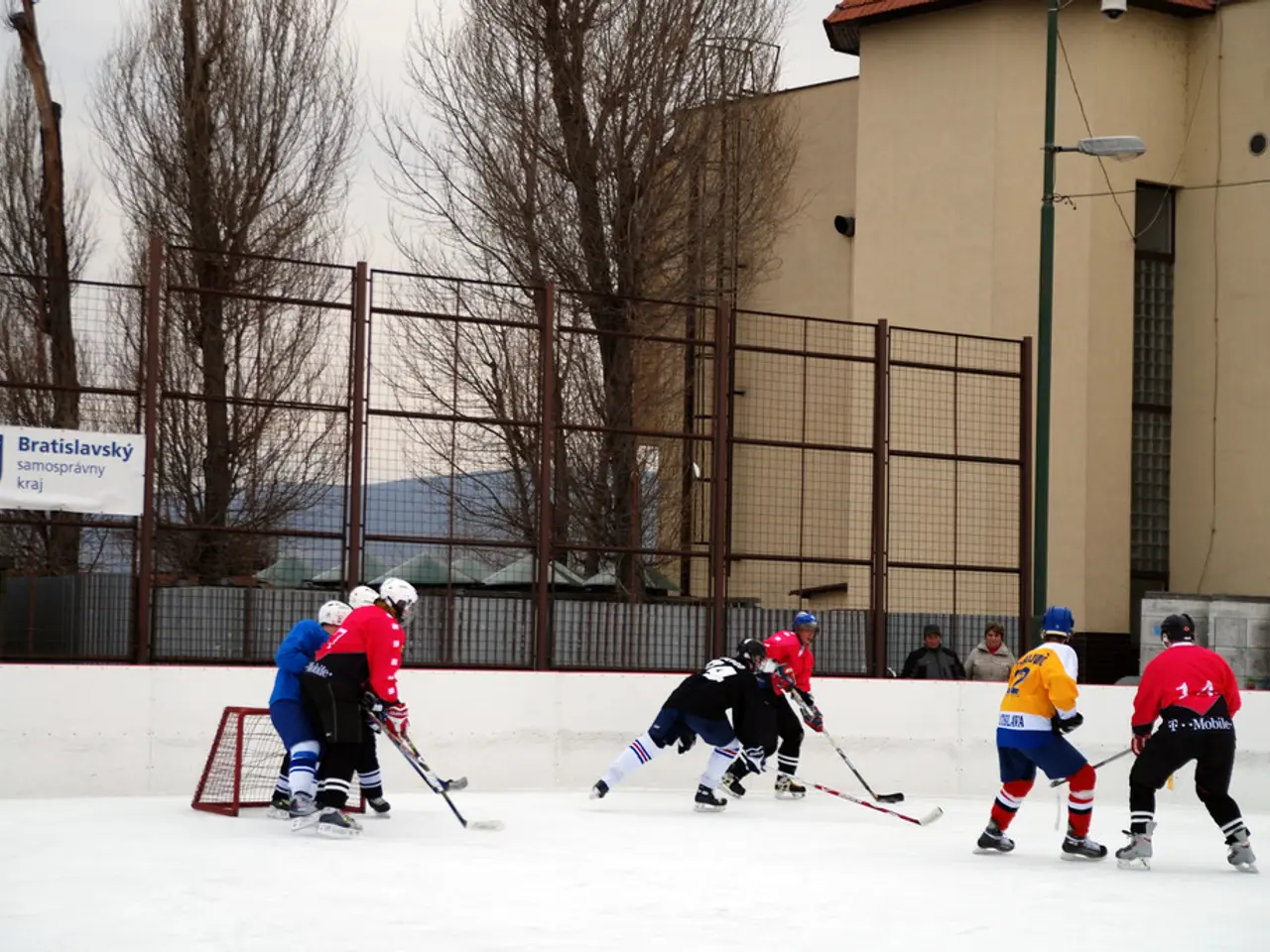Uncertainties Surrounding the Ukrainian Peace Proposal Bolster Crude Oil Prices
The global oil market is currently experiencing an oversupply, with tepid demand growth and rising supply. According to the International Energy Agency (IEA), global oil supply is projected to grow by 2.5 million barrels per day (bpd) in 2025, exceeding demand growth forecasted at only 680,000 bpd. This imbalance is expected to result in growing oil inventories and downward pressure on prices. The U.S. Energy Information Administration (EIA) anticipates Brent crude prices will fall below $60 per barrel by the end of 2025, averaging around $50 per barrel in 2026.
Sanctions on Russian energy exports remain a geopolitical risk, with potential to tighten, but current supply growth and inventory builds are outweighing this impact on prices. U.S. Treasury Secretary Scott Bessent has signaled that the U.S. is considering tightening sanctions or secondary tariffs on Russia if diplomatic talks between President Trump and President Putin do not yield favorable results. He has also urged European leaders to strengthen their sanctions on Russian energy as a leverage strategy.
However, the oil market response to this geopolitical factor has been muted so far, weighed down by the unexpected build in crude inventories and robust supply growth from OPEC+ and non-OPEC producers. In response to this, OPEC+ on Sunday endorsed an additional 547,000 bpd increase in its crude production for September 1.
The sanctions package includes cutting off 20 more Russian banks from the international payments system SWIFT and sanctioning 105 more ships in Russia's shadow fleet. The European Union has also approved fresh sanctions on Russian oil. A large oil refinery in India, part-owned by Russia's Rosneft PJSC, was blacklisted. Restrictions have been imposed on Russian petroleum refined in other countries.
Despite these measures, President Trump has threatened to impose new tariffs on countries buying Russian energy unless Russia reaches a ceasefire with Ukraine. The current situation in Ukraine remains a key factor to watch, as a potential deal between the US and Russia could boost global oil supplies.
Inventory data suggests that the global crude oil market faces a surplus by Q4-2025 equivalent to 1.5% of global crude consumption. Crude oil inventories as of August 1 were -6.5% below the seasonal 5-year average, while distillate inventories were -16.1% below the 5-year seasonal average. September RBOB gasoline closed up +0.086 (+0.41%) on Friday, while September WTI crude oil closed unchanged.
The current state of the global oil market is marked by oversupply and weak demand, with sanctions on Russian energy exports serving as a geopolitical risk. However, the market's response to these sanctions has been muted so far, with supply growth and inventory builds outweighing their impact on prices. As the situation in Ukraine continues to develop, the potential for a deal between the US and Russia could significantly impact global oil supplies and prices.
Sources: [1] IEA (2020). Oil Market Report. Retrieved from https://www.iea.org/reports/monthly-oil-market-report [2] EIA (2020). Short-Term Energy Outlook. Retrieved from https://www.eia.gov/outlooks/steo/ [3] Reuters (2020). Oil prices steady as market shrugs off escalating U.S.-China tensions. Retrieved from https://www.reuters.com/article/us-global-oil-idUSKBN2520KR
Sports enthusiasts may need to search for alternative activities as the ongoing oil market overproduction and weak demand could prolong, keeping prices low. With rising oil supplies from OPEC+ and non-OPEC producers and the potential impact of sanctions on Russian energy exports being offset, affordable energy costs might persist. Consequently, the cost of running sports facilities and maintaining equipment could become a strain for organizations.








